Key Takeaways
- Lab workforce demographics are changing what service support looks like
- Agilent's support—remote and onsite—is expert level
- Agilent's self-serve service support model is based on community
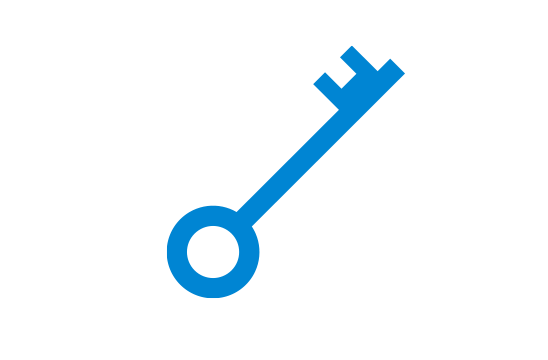
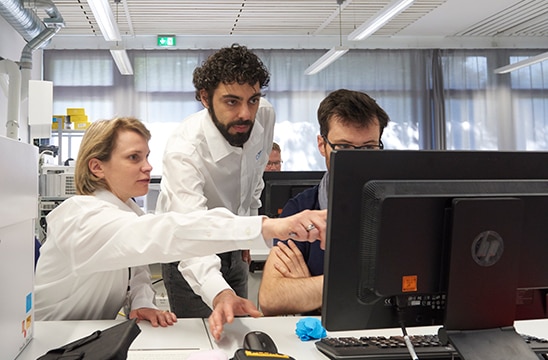
Long before the global pandemic wreaked havoc on our lives, there were seeds of change already underfoot impacting the way we do business and work in labs every day. Agilent has accelerated several project plans aimed at helping labs stay on track to deliver and improve operational performance goals: remote service support, the Agilent Knowledge Portal, and the Agilent Community.
Remote service support
Remote service support has replaced many onsite calls not just because of workplace restrictions, but because it's a more efficient and energy-and-time-saving way to get things done. Learning and skills development are evolving as the demographics of the lab workforce continue to change. Younger lab workers are often more likely to seek answers online before they call for service and more senior scientists are becoming increasingly proficient with digital tools to solve problems.
The Agilent technical phone support team solves approximately 60 percent of customer issues over the phone and we have now harnessed that knowledge and more to help provide these learned insights to customers.
When a service person shows up at your lab, they may have traveled hours to get there, and that factors into the time you have to wait for service. This ties up a scarce commodity—expertise. Remote support personnel, armed with the virtual reality tool CrossLab Virtual Assist and sophisticated knowledge bases, can troubleshoot and resolve many issues in a fraction of the time it would take to get a person onsite. “During the work restrictions of the past few years, many of our field service people supported users by phone,” said Debbie Steinberg, Agilent Vice President, Service Operations. “And we are looking at ways to continue a hybrid model that gives customers the most access to our specialists.” The CrossLab Virtual Assist remote assistance mobile app connects two people via video. And in addition to the remote view, it allows each person to draw digital annotations that appear to “stick” to an object in real time.
Expert level service
When an onsite visit is needed, Agilent's internal knowledge base supports good outcomes. Today's service experts tap into a vast internal database of support, managed through the internal knowledge base, to help customers get up and running as quickly as possible.
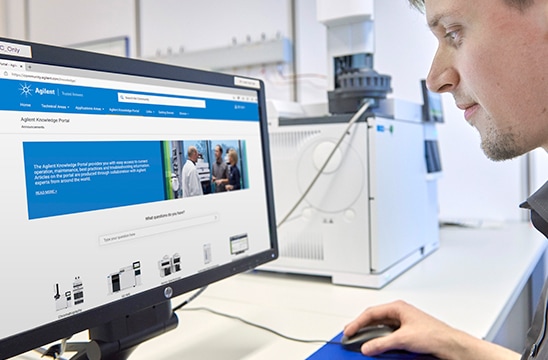
Remote technicians are often supporting technicians onsite with the latest information and together they coordinate to share the latest observations. “When you get service from Agilent you are realizing the benefits of a full ecosystem of expertise along with digital tools that help make the experience a good one,” explained Jason DiFraia, Agilent Associate Vice President of Global Customer Service Operations.
The Agilent Knowledge Portal
The knowledge that our team delivers to the labs we serve is derived from a culmination of many people with specialized expertise and years of experience. New digital tools are helping us capture that power and make it available to scientists in new ways.
Launched in 2021, the Agilent Knowledge Portal is a centralized information sharing source created by more than 4,500 Agilent employees around the world. Articles are created to document and share common problems and solutions. “Today, when you log onto https://community.agilent.com/knowledge, you are getting access to a global talent pool,” said DiFraia. “We are curating and crowdsourcing answers that we know scientists need.”
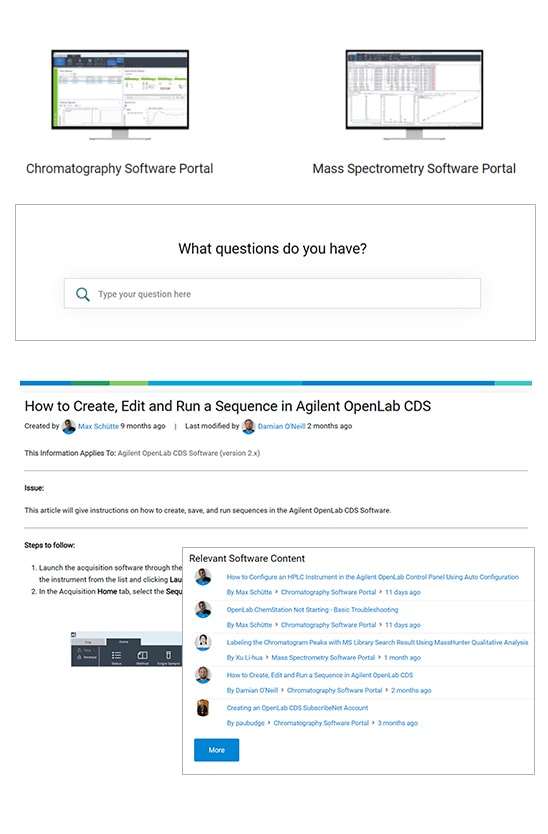
“The knowledge portal is synthesizing the team's experience in a way that was not possible five or ten years ago,” said Steinberg. “Today's digital technologies enable us to tap into knowledge sources more easily, share them more readily, and ultimately create a better experience for our customers.”
The knowledge portal draws from a vast repository of content from Agilent's more than forty years of chromatography and spectroscopy experience.1 There are tens of thousands of data points in our internal knowledgebase. The knowledge portal is being built through careful curation and review of the information that will be of most use to our end users.
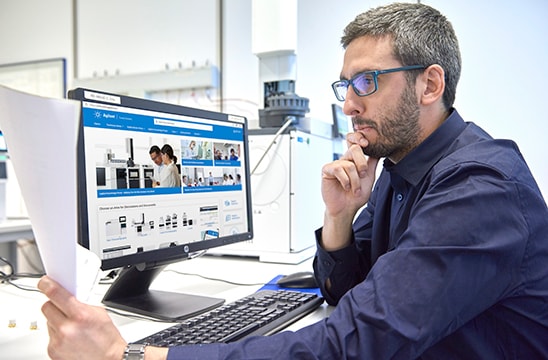
Field service engineers and product support experts develop the articles with video and step-by-step instructions, so it is easy to learn and gives the viewer a feeling of confidence when addressing a problem.
What started with the release of a few hundred articles to address our most frequently asked customer questions is expected to grow over time as Agilent works through the repository of information in our systems.
The Agilent Community
The Agilent Community launched in 2016 with the goal of leveraging the rising use of social media as a way to help customers share their knowledge and learn from each other. The Agilent team has found the platform to be highly valuable as a way to sense issues and address them before they become widespread.
“We had 1,042 users when we started,” said Agilent Community Manager Kristen Sensabaugh. “We've seen a 38 percent increase in membership just over the last year and today we have 13,585 registered members.” A team of Agilent experts is available to answer questions in the community. “The knowledge gleaned from community interaction goes straight into the internal and external knowledge portals we operate to support customers,” said Steinberg.
Marrying knowledge with community
Enhanced remote service, the Agilent Knowledge Portal, and the Agilent Community are ways the company is investing in making knowledge more accessible and collaborative and Agilent will continue to expand this work. “It's what the ‘future state' of getting answers is all about,” said DiFraia. “We have the ability to scale access and support to every segment and every type of user, so they can get the answers they need in the way they want to access them.”